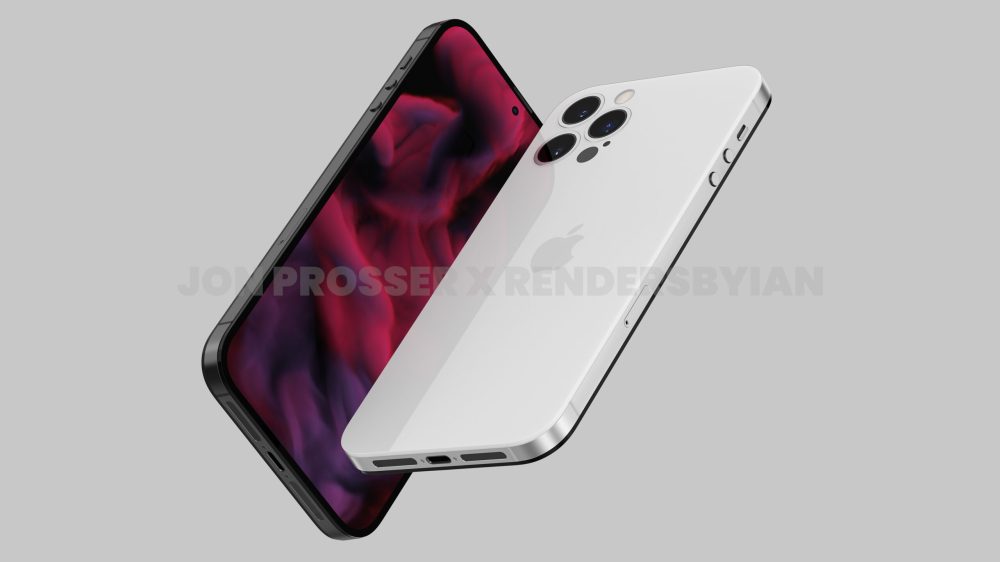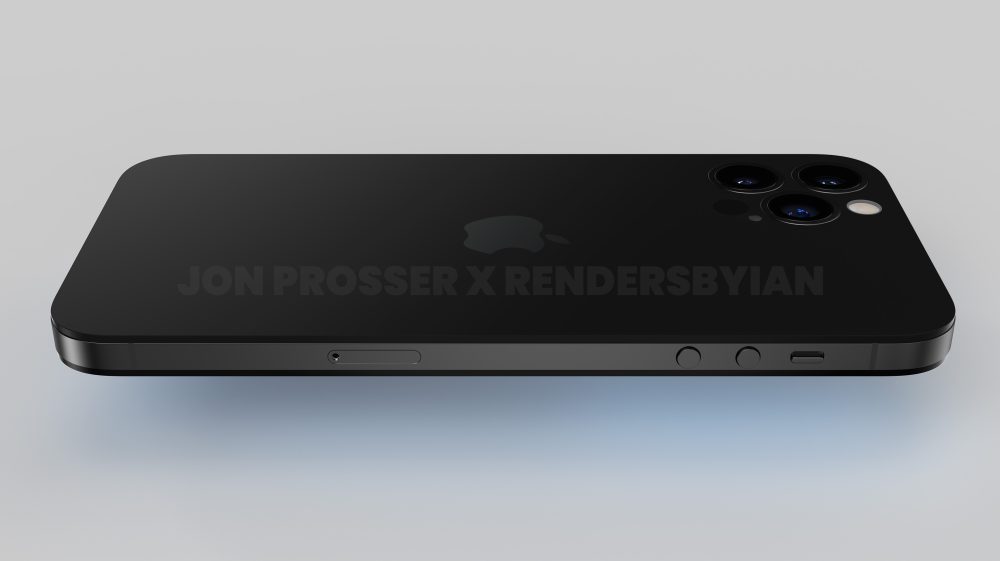
Even though the iPhone 13 is still the new kid on the block, rumors have already painted a picture of what to expect from the so-called iPhone 14. We expect the iPhone 14 to be introduced in September of 2022, and rumors suggest we could see a major redesign, new features, and more. Head below as we round up all of the iPhone 14 rumors so far.
Table of contents
What will the iPhone 14 be called?
Given that the iPhone introduced in 2021 was indeed branded as the iPhone 13, we expect the 2022 iPhone to be the iPhone 14. Whether or not Apple ever returns to the “S” branding remains to be seen, but rumors indicate the 2022 iPhone will be a big enough upgrade to warrant a new number altogether.
There’s also the possibility that Apple abandons numbers on the iPhone line altogether, and new iPhones are designated simply by their size, “Pro” or non-Pro, and year. This would match what Apple has done to the iPad lineup over the past several years.
Apple marketing names stay under wraps until the last minute. This means we’ll have to wait until 2022 to learn more about what that year’s release will be officially called.
What features and specs is iPhone 14 have?
The biggest change that we currently expect with the 2022 iPhone is the removal of the notch cutout. The notch design was first introduced with the iPhone X, and it has stayed the same since then. The notch is where Apple houses its sensors for things like Face ID.
Reliable Apple analyst Ming-Chi Kuo reports that Apple will drop the notch in 2022, starting with the high-end iPhone 14 Pro. Kuo describes the design change as a “punch-hole design.” Meanwhile, Bloomberg’s Mark Gurman has reported that the iPhone 14 is set to feature a “complete redesign.”
Furthermore, Kuo says that the punch-hole design will only come to fruition if Apple’s prototyping and production go according to plan. Apple’s current goal is to bring the hole-punch design only to the high-end iPhone 14 Pro and iPhone 14 Pro Max. As such, the standard iPhone 14 will retain the notch design unless Apple exceeds product yield goals.
If the punch-hole design sounds familiar, that’s because it’s currently used on many high-end Android flagships. It makes sense for Apple to adopt this design with the iPhone 14.
YouTuber and leaker Jon Prosser also corroborated the punch-hole design, claiming to have seen real-life images of the iPhone 14 Pro Max without a notch.

On the iPhone 14 Pro, the “punch-hole” would house the camera that’s currently located in the notch. What remains unclear is the fate of Face ID. It’s possible that Apple abandons Face ID in favor of under-display Touch ID.
Here’s the technology currently located in the iPhone’s notch:
- Infrared camera
- Flood illuminator
- Proximity sensor
- Ambient light sensor
- Speaker
- Microphone
- Front camera
- Dot projector
That’s a lot of technology to place elsewhere, so it will be interesting to see how Apple pulls this off.
While early iPhone 14 rumors indicated that Apple would bring under-display Touch ID to the iPhone, this no longer appears to be the case. More recent reporting from Ming-Chi Kuo suggests that Apple has been forced to delay under-display Touch ID to 2023 instead.
According to Kuo, Apple has faced “lower than expected development progress” on its work to integrate Touch ID into the iPhone’s display. It’s also possible Apple takes a less ambitious approach and integrates Touch ID into the iPhone’s power button, similar to the iPad Air and iPad mini.

According to Prosser, at least some models of the iPhone 14 will not feature a camera bump. Currently, the iPhone features a protruding camera bump because of the thin design of the iPhone and the necessary thickness of camera components.
Prosser says Apple will be able to forgo the camera bump with the iPhone 14 by making the iPhone itself thicker.
The iPhone 14 will also include dramatic improvements to the front-facing camera, according to Kuo. The biggest change will be upgrades to the front-facing camera’s auto-focus features. More details here are unclear, but the front-facing iPhone camera has a way to go to catch up to the rear camera.
In terms of the rear camera, Kuo says the iPhone 14 Pro and iPhone 14 Pro Max will be upgraded to 48-megapixels, an increase from the 12-megapixel sensor in iPhone 12.
Although the sensor is 48 megapixels, it is possible that output images from the iPhone will still be 12-megapixels in resolution. Similar to some Android phones, Apple could use a smart scaling algorithm that takes the raw 48-megapixel data and creates a 12-megapixel output image with more detail and less noise.
Kuo believes the video camera system will also be upgraded for the iPhone 14, supporting 8K recording for the first time.
Kuo also predicts that the iPhone 14 will not include a ‘mini’ form factor like the iPhone 12 and iPhone 13. Instead, Kuo suggests that Apple will offer four iPhones in two different screen sizes: 6.1-inches and 6.7-inches.
So it could be, for example, the iPhone 14 and iPhone 14 Max, then the iPhone 14 Pro and the iPhone 14 Pro Max. It will be unfortunate to see the 5.4-inch form factor discontinued after two years, but reports indicate the device has not sold nearly as well as Apple had expected.
For several years, reports have suggested that Apple could introduce a port-less iPhone. This iPhone would not feature a Lightning port, instead, it would be completely wireless. This was once rumored to come in 2021, but that did not happen.
Therefore, it’s possible that the iPhone 14 is the first iPhone that’s available without a Lightning port. Instead of Lightning, the iPhone 14 would support wireless charging as well as Apple’s newest MagSafe technology. Apple is likely to make this change at the high end first with the 14 Pro. The lower-end models would follow over the next few years.
While some rumors had anticipated that the iPhone 14 might use a new chip produced using 3-nanometer technology, that is no longer expected to be the case. Currently, Apple’s chip partner TSMC is expected to use an enhanced 5nm manufacturing process for the chip in the iPhone 14, likely referred to as the A16.
Best iPhone charging accessories:
- Native Union Drop 10W Qi Charger
- Anker 30W USB-C wall charger
- USB-C to Lightning cable
- Lightning to 3.5mm headphone adapter or cable
Release date: When will iPhone 14 come out?
With the exception of the iPhone 12, which was delayed because of the COVID-19 pandemic, new flagship iPhones are generally announced and released in September. iPhone 14 will be released sometime during the second half of 2022, according to Kuo. As such, the iPhone 14 lineup is likely to be announced in September 2022.
Kuo also predicts that the iPhone 14 Max, or whatever it ultimately ends up being called, will be priced at under $900 USD.
What do you think of the iPhone 14 rumors so far? Are you planning to upgrade? Let us know down in the comments!
Author: Chance Miller
Source: 9TO5Google



